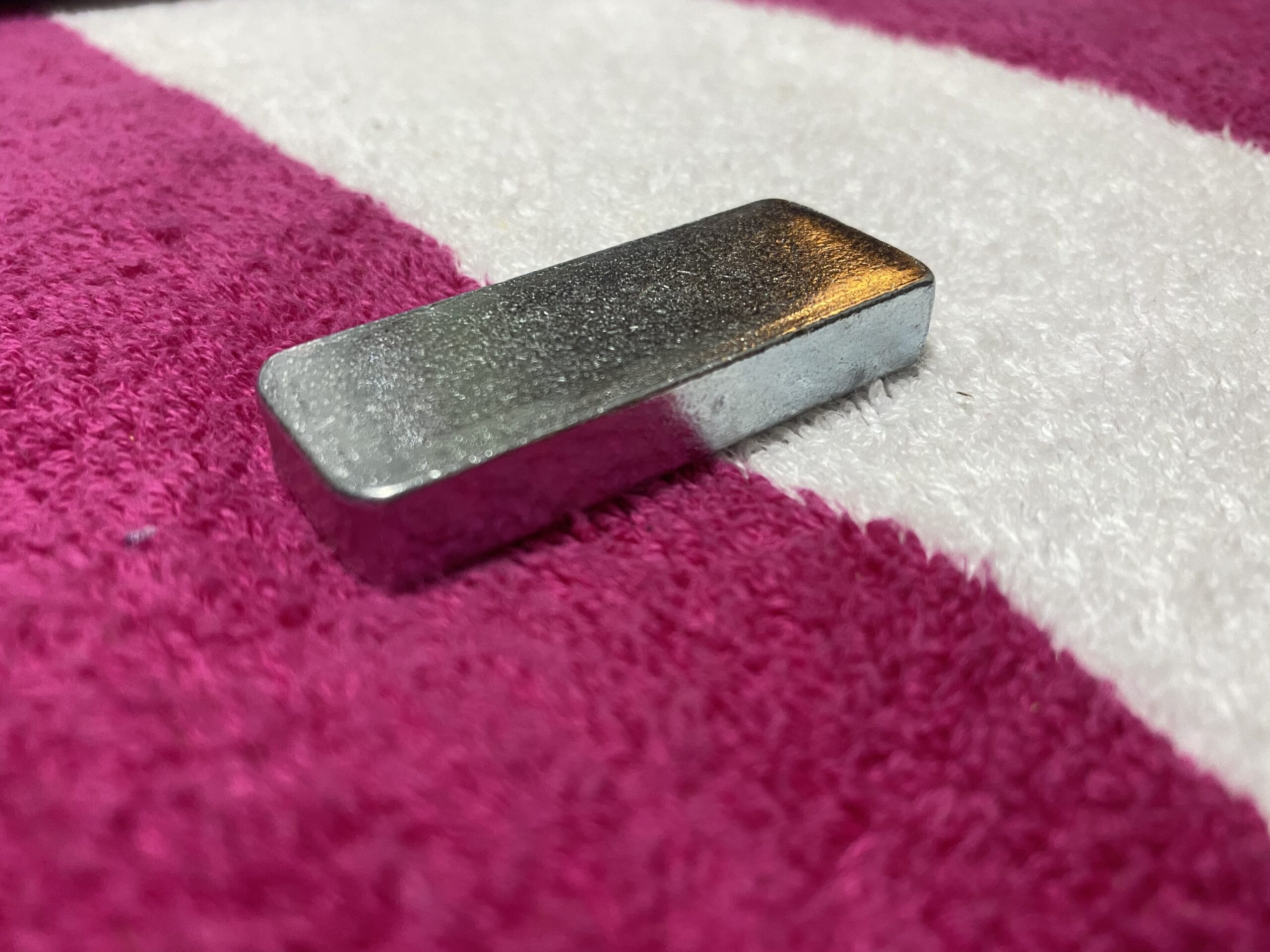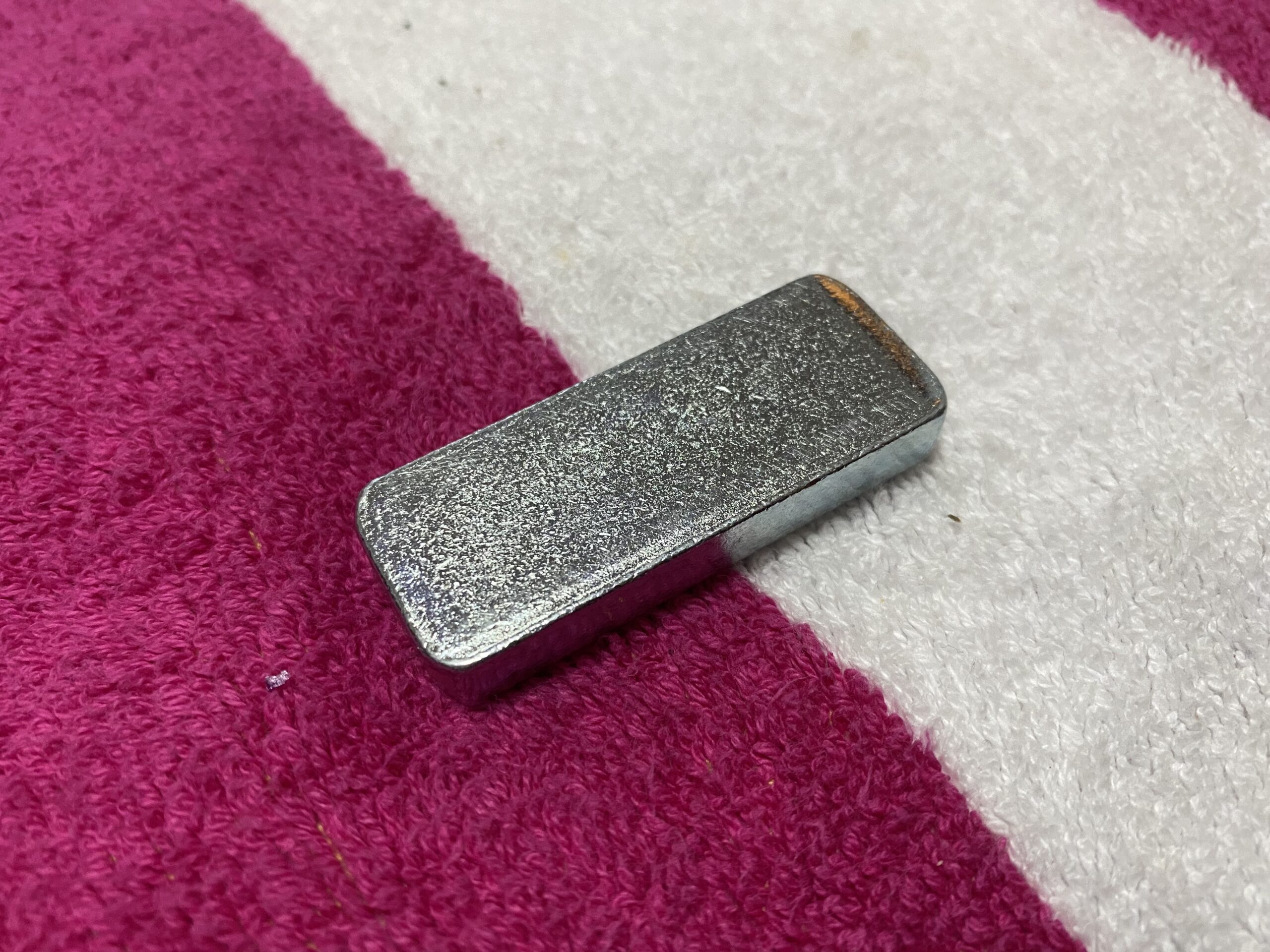Weight from a Hyperwear weighted vest: non-detect for Lead, Cadmium, Mercury, Arsenic and Antimony.
Introduction:
Tamara Rubin is an independent advocate for consumer goods safety, and she is also a mother of Lead-poisoned children. She began testing consumer goods for toxicants in 2009, and was the parent-advocate responsible for finding Lead in the popular fidget spinner toys in 2017. She uses XRF testing (a scientific method used by the Consumer Product Safety Commission) to test consumer goods for metallic toxicants (including Lead, Cadmium, Mercury and Arsenic). To read more about the testing methodology employed for the test results reported on this blog, please click this link.
The test results of most of the consumer goods shared on this blog are from items that have been sent in by my readers for testing and reporting. This is a collaborative effort (with my readers) to help you make informed decisions for your family (so you can have an idea of what to look for – and what you might want to avoid – in making safer choices for your home.)
Friday – July 30, 2021
When tested with an XRF Instrument the weight pictured here had the following reading
60-second test repeated multiple times to confirm the results
- Bromine (Br): 66 +/- 7 ppm
- Chromium (Cr): 606 +/- 68 ppm
- Manganese (Mn): 693 +/- 76 ppm
- Iron (Fe): 413,700 +/- 600 ppm
- Cobalt (Co): 3,574 +/- 219 ppm
- Copper (Cu): 267 +/- 55 ppm
- Zinc (Zn): 580,900 +/- 1,100 ppm
- Tin (Sn): 35 +/- 13 ppm
- No other metals detected
Here’s a link to one of these vests on Amazon: https://amzn.to/3ie05Q5
Some additional reading that might be of interest:
- The post discussing the testing methodology used on this website
- Post discussing how to send in an item for testing
- Things that you can test at home.
- Things that might be better tested with an XRF instrument.
Thanks for reading. Thank you for sharing my posts. As always, please let me know if you have any questions and I will do my best to answer them personally as soon as I have a moment (which may not be right away – but I will try!)
Tamara Rubin
#LeadSafeMama
Amazon links are affiliate links. If you purchase something after clicking on one of my links I may receive a percentage of what you spend – at no extra cost to you.
Never Miss an Important Article Again!
Join our Email List





